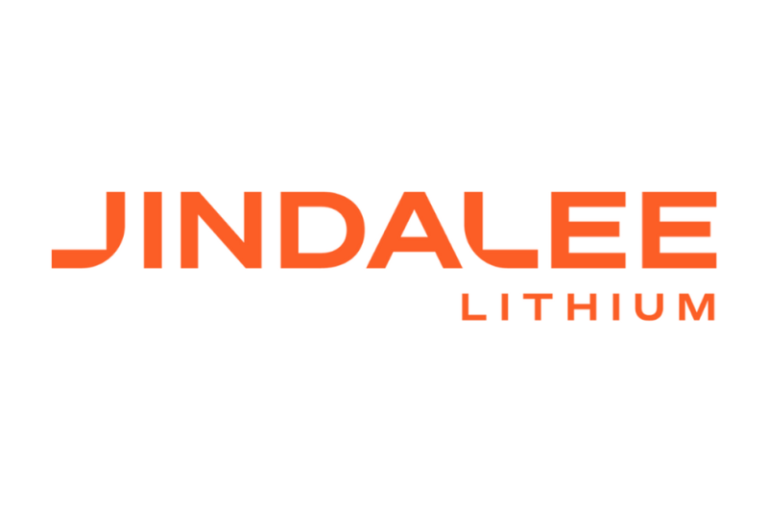Here’s a quick recap of the crypto landscape for Wednesday (November 26) as of 9:00 p.m. UTC.
Get the latest insights on Bitcoin, Ether and altcoins, along with a round-up of key cryptocurrency market news.
Bitcoin and Ether price update
Bitcoin’s (BTC) price climbed from around US$87K to close at US$89,903.49 on Wednesday afternoon, a three percent increase in 24 hours.
Bitcoin price performance, November 26, 2025.
Chart via TradingView.
However, a 1.55 percent increase in open interest during the same four hour window suggests fresh buying interest, while a positive funding rate of 0.002 reflects modestly bullish market sentiment. A relative strength index of 62.56 for Bitcoin indicates that the asset is in moderately bullish territory but not yet overbought.
Despite optimism of a possible temporary reset, investors warn that a decisive break below US$80,000 could expose Bitcoin to a slide toward the US$69,000 to US$62,000 support range.
As analyst Ted Pillows wrote on X, “$BTC is facing a lot of resistance around the $88,000–$90,000 zone. If BTC doesn’t break above this level soon, expect a sweep of the lows again.”
“Notably, what makes this episode different from past crypto winters is the investor base. BTC is now held by ordinary investors in their mainstream portfolios. So many are treating it like any other high-beta risk asset,’ she said.
“This behavior means that current price action is more of a classic de-risking phase. Rate-cut expectations change quickly, so investors opt for assets they perceive as core ballast. Given that, the picture suggests a complementary reading rather than a simple “either/or.” Gold acts as the insurance that central banks are still actively adding. In turn, Bitcoin is the high-risk component that investors reduce first when volatility rises,’ added Chen.
Meanwhile, Ether (ETH) closed at US$3,025.84, a 3.1 percent increase in 24 hours. ETH also showed strong bullish momentum, with a 2.7 percent rise in open interest and liquidations predominantly on the short side, signaling a short squeeze; however, a positive funding rate of 0.008 underscores traders’ optimism.
Altcoin price update
- XRP (XRP) was priced at US$2.22, up by one percent over 24 hours.
- Solana (SOL) was trading at US$142.99, up by 3.9 percent over 24 hours.
Today’s crypto news to know
Strategy insists balance sheet holds firm
Strategy (NASDAQ:MSTR) reiterated that its balance sheet can withstand a deep Bitcoin drawdown, telling investors in a recent X post that its collateral coverage would remain at 2.0x even if Bitcoin dropped to US$25,000.
The company disclosed updated calculations showing that its convertible debt remains overcollateralized despite the stock’s 49 percent slide and the risk of an MSCI index removal next year.
With 649,870 BTC — worth roughly US$57 billion — the firm remains the largest corporate holder of Bitcoin globally. Strategy maintains that this overcollateralization gives it room to manage volatility and refinance maturities that run through 2032. Despite the reassurances, the company continues to face pressure from index committees and investors reevaluating the long-term role of a Bitcoin-heavy corporate treasury.
Recently, S&P Dow Jones Indices left Strategy off its latest round of S&P 500 additions, choosing to elevate SanDisk instead despite Strategy’s market capitalization placing it within the top tier of US public companies.
Strategy’s bid for inclusion has been complicated by its reliance on Bitcoin holdings, which some index members argue behaves more like an investment vehicle than a traditional operating company.
For its part, Strategy insists that its software business, alongside its Bitcoin strategy, qualifies it as an operating firm under the index rules. Chairman Michael Saylor pushed back against the characterization, stressing on X that Strategy is “not a fund, not a trust, and not a holding company.”
Japan approves major regulatory shift for crypto under FIEA
Japan’s Financial Services Agency has finalized plans to move digital assets under the Financial Instruments and Exchange Act, marking the country’s most sweeping crypto regulatory overhaul in years.
The shift reclassifies crypto assets as investment products and subjects issuers and exchanges to disclosure and conduct standards similar to those governing securities.
The changes affect over 13 million Japanese crypto accounts that collectively hold more than ¥5 trillion, prompting concerns from local exchanges about higher compliance burdens.
The FSA’s working group outlined new obligations, including clearer disclosure of token supply, governance structures, project risk assessments, and issuer responsibilities.
In addition, exchanges will also be required to maintain reserve funds to cover potential hacking incidents. Regulators plan to crack down on unregistered offshore platforms that continue marketing to Japanese users without approval.
The legislative package is expected to be submitted during the 2026 Diet session.
Bolivia to integrate crypto and stablecoins into financial system
In a historic move, the government of Bolivia is preparing to integrate cryptocurrencies and stablecoins, according to an announcement from the country’s economic minister, Jose Gabriel Espinoza.
“You can’t control crypto globally, so you have to recognize it and use it to your advantage,” Espinoza reportedly said, according to Reuters. With stablecoins like USDT already being used for cross-border payments and as a hedge against the local currency’s depreciation, banks will soon be allowed to custody crypto, as well as offer crypto-based savings accounts, credit cards, and loans.
Spain moves to hike taxes on Bitcoin, Ether
A Spanish parliamentary bloc has introduced new tax amendments that would significantly increase the burden on Bitcoin, Ether, and other non-financial-instrument crypto assets.
The proposal would shift gains from crypto into the general personal income tax base, which carries rates of up to 47 percent — far above the current 30 percent maximum applied to savings-based income.
Lawmakers also want corporate crypto gains taxed at 30 percent and are pushing for a nationwide “traffic light” risk label that would appear on trading platforms.
Tax specialists argue the reforms would be difficult to implement, with some calling the package legally unworkable and likely to generate administrative chaos. Investors are likewise already expressing concern after a recent case in which a trader was taxed 9 million euros on a transaction that produced no profit, highlighting flaws in current enforcement.
If enacted, analysts further warn that the new measures could accelerate capital flight from Spain’s retail crypto market.
Grayscale files to offer Zcash ETF
Grayscale submitted a Form S-3 registration statement to the US Securities and Exchange Commission on Wednesday, signaling the firm’s intention to convert its fund tied to Zcash into a spot exchange-traded fund.
Securities Disclosure: I, Giann Liguid, hold no direct investment interest in any company mentioned in this article.
Securities Disclosure: I, Meagen Seatter, hold no direct investment interest in any company mentioned in this article.
This post appeared first on investingnews.com










